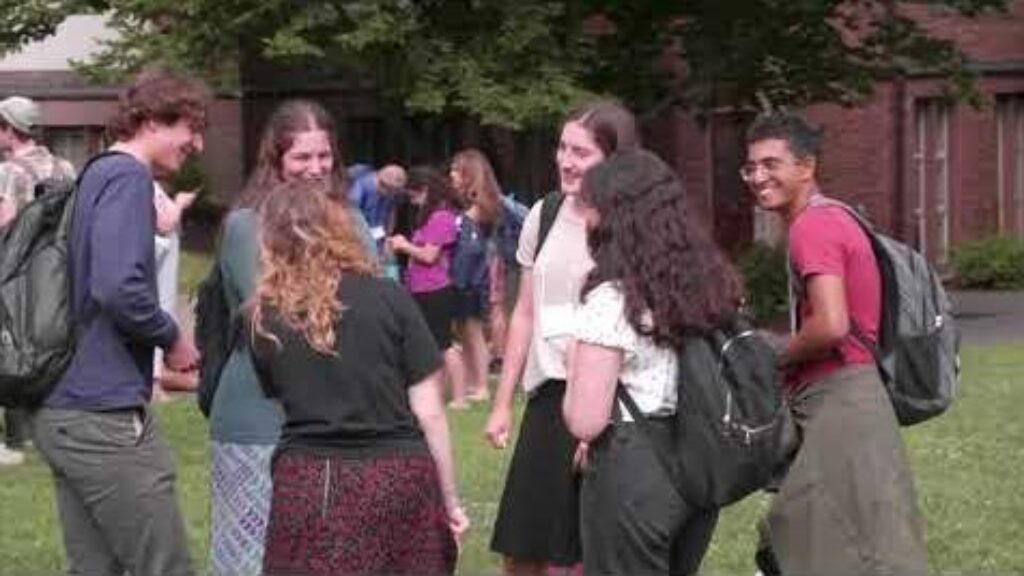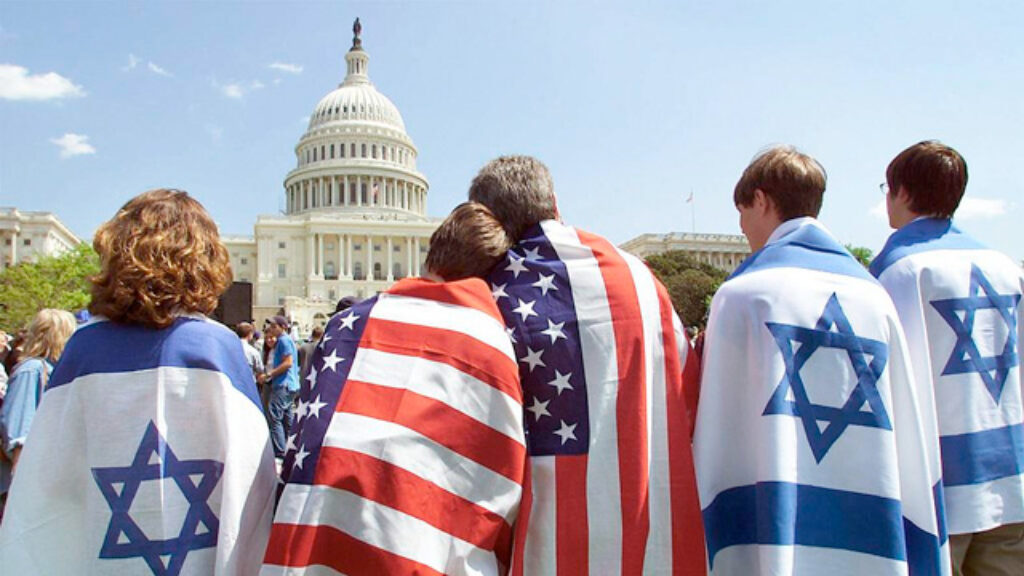The Importance of the Arts
BY RAFI UNGER
What distinguishes humans from animals is our capacity for creativity and generating new ideas. In essence, the unique creativity of humans separates us from other creatures. Unfortunately, within our current educational system, young students face limited opportunities to express and develop their distinctive and creative thoughts.
In the very early stages of education, the English curriculum revolves around the fundamental skills of reading and writing. At this early stage, students are not yet formulating novel ideas within English classes, as their attention is primarily directed towards mastering the basics—the exploration and discussion of captivating literary works is beyond their academic scope. It is thought that students must first master these basics if they have any chance of one day comprehending the brilliance of Shakespeare, Dickens, and Twain. Similarly, early mathematical curriculum is designed to establish a solid foundation upon which students can go on to learn algebra, geometry, and calculus. But for a young child, this method of teaching can feel very rigid, stifling, and unstimulating, and even push the child away from future curiosity in the subject. Students at this point in their education are not expected to generate original equations or hypotheses. It is evident that in early years of education and sometimes even beyond, there exists a deficiency in a core aspect of learning: fostering the development of original ideas and content.
The arts provide an invaluable outlet for young students to articulate their ideas from an early age. By participating in artistic endeavors, they can cultivate and communicate their thoughts. Where else can a young mind channel its creativity if not through the arts? Primary subjects such as English and mathematics certainly do not offer sufficient opportunities for individual expression among children. Therefore, the significance of the arts cannot be overstated; young people need to learn how to express their boundless imaginations.
Lack of access to an arts program during early childhood may hinder their ability to think independently. If a child’s introduction to producing unique material occurs only in later grades, particularly when studying literature and its underlying concepts and themes, the child may find it difficult to generate original ideas because they were never taught those tools in the first place.
It is important to define arts programs, so that one can truly understand and implement the types of programs that could develop a child’s creativity from a young age. One such program could be encouraging a young student to sit down and draw for half an hour every day, for it will allow the child to express their own unique ideas. Another program could be a theater workshop, which would empower young students to come up with their own unique ideas regarding the characters they are playing out. A final example is creative writing workshops, which would allow students to express their own ideas through words. It does not matter if the ideas themselves are unremarkable at a young age, what matters is that children start taking note of these ideas, as it will allow them to develop their creative muscle, so to speak.
Arts programs across the country often fall victim to budget constraints, leading to their reduction or even elimination. The profound impact this has on a child’s creativity in later years is not always fully recognized. The arts play a vital role in providing children with a platform to channel and amplify their inherent individuality, shaping not only their growth and development but also contributing to the very creative fabric that makes us distinctly human.
Suggested Reading

A New Viewpoint on Diversity
Often, it seems that the people who talk about diversity never visit diverse communities. People seem to think that diversity is based on how one looks. True diversity is not about how someone looks, but how they act.

My Real Internal Conflict is Not One of Clashing Interests
When do my Jewish interests and American interests conflict? After much careful internal deliberation, I have concluded that they do not.

Regaining our Power Through Knowledge: The Solution to Rising Anti-Semitism on Campus
An emotional connection to our Judaism cannot be our only solace. Knowledge is the solution to the problem Jewish students face today.

Voting against Ourselves: American Jewry’s Paradox
BY ZACK GOLDSTEIN The Jewish vote has long been sought after by both major American political parties, and has been key to victories for both sides of the political aisle.